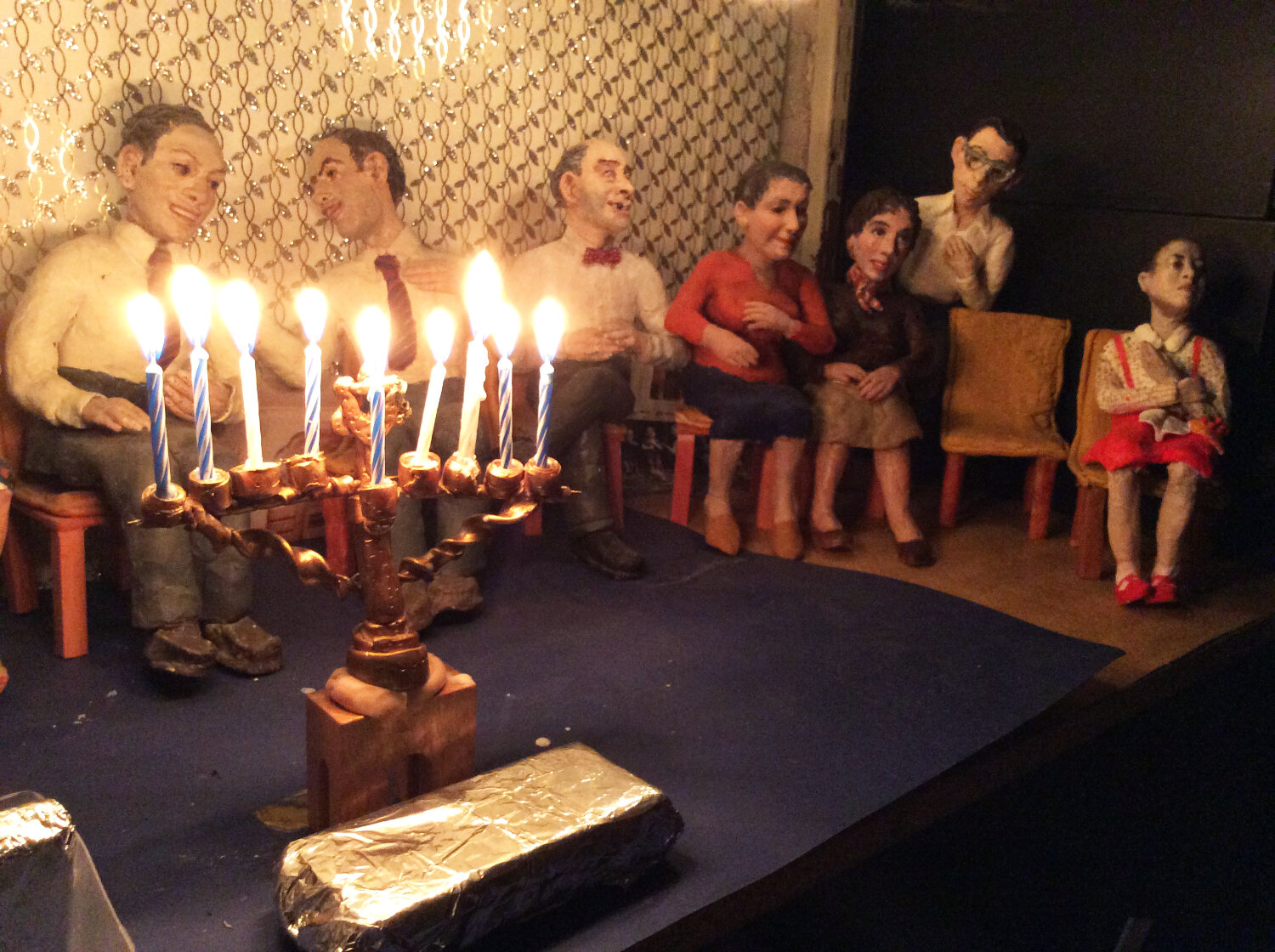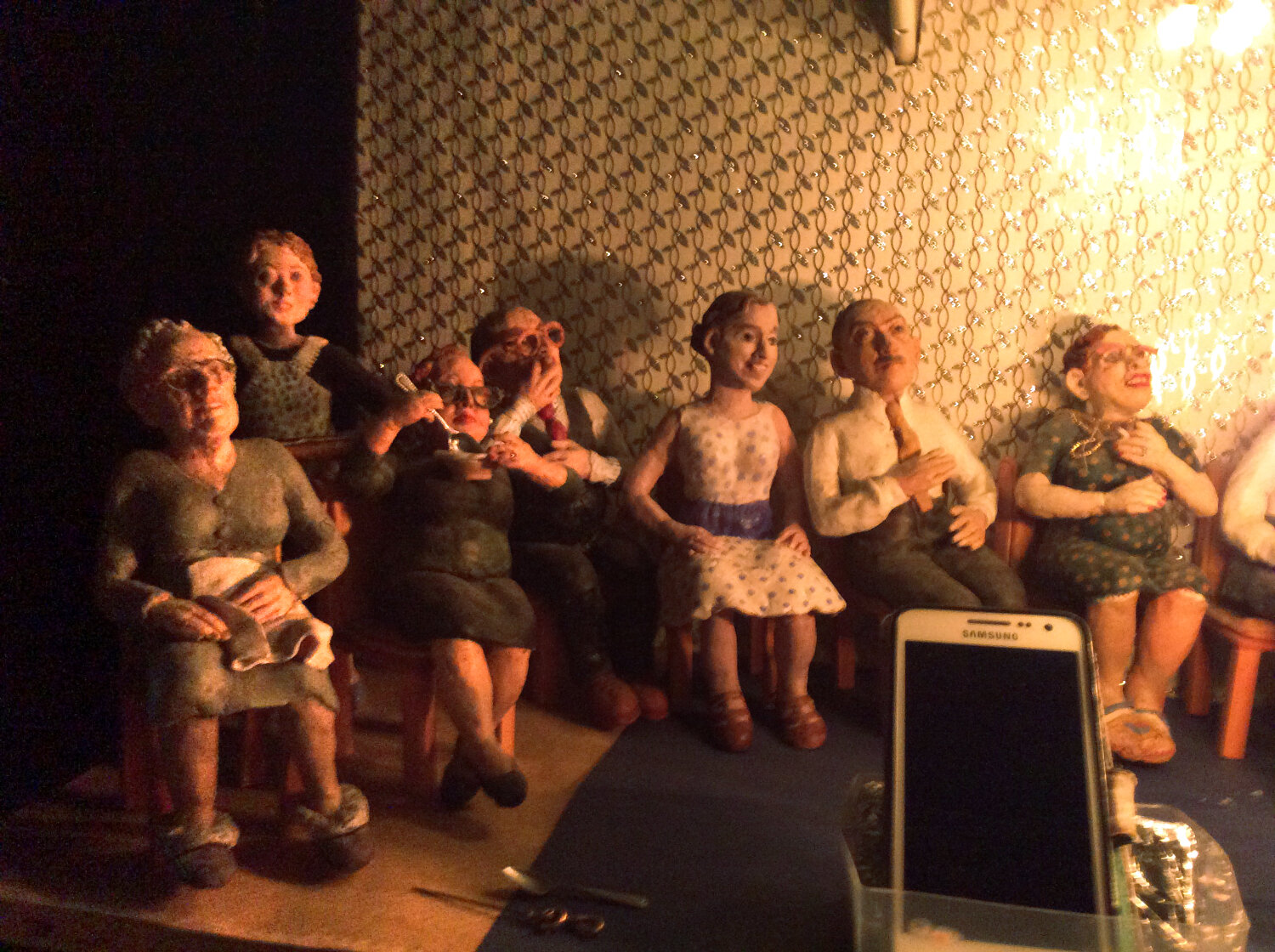Taking a stand against privately owned master paintings, Philippa Abrahams has recreated Botticelli's Young Man Holding a Roundel
Last year in September, Sotheby’s announced the forthcoming sale of Botticelli’s Young Man Holding a Roundel (c.1480), prompting London artist Philippa Abrahams to spend the next few months working on a reproduction (pictured below). It is now placed in her window for all to see to coincide with the recent sale of the original on 28 January, which reached a record price of $92.2m.
"My painting was not a commission, but a labour of love," she explains. "Few can afford to access such a rare survivor like the Young Man, so my recreation is a worthwhile addition to the cannon."
Based in northwest London, Abrahams is not only an artist, but also a conservator of paintings and teacher of historic materials and techniques; she drew from all this experience to compose her Botticelli. "There is a tradition of such paintings stretching back to artists in their own lifetime," she adds, "executed by their workshop assistants or themselves. It is a unique, authentic recreation – not a copy.
“My guide was Cennino Cennini’s 14th century treatise, I'll Libro Dell'arte (The Craftsman Handbook). It's still relevant today and the one I used to recreate Verrocchio’s Madonna and Child Before a Ruined Temple, commissioned by the Guild of St George arts charity and now hanging in Sheffield's Millennium Galleries. I followed the entire process, from preparing gesso to using the appropriate pigments and egg tempera."
The original Young Man Holding a Roundel was reportedly won by a Russian-speaking buyer on 28 January 2021, but what is to become of Abrahams' recreation? "I hope to sell it," she says, "preferably to an institution where it would be seen and used for educational purposes."


The artist has also been working on a family project on-and-off for the past 20 years: modelling figures of her family from memories of her 1950s childhood. "Originally it was about Passover," says Abrahams, "but during the pandemic I have made more figures, and at Hanukkah I gave them a menorah. You'll see my granny, aunties, uncles, cousins, parents and I’m the little girl on the end. They all have a story."
By Danielle Goldstein
Follow @PhilippaArtist on Twitter to see a thread about the making-of her Botticelli, and to see more work by Philippa Abrahams, visit philippaabrahams.co.uk



